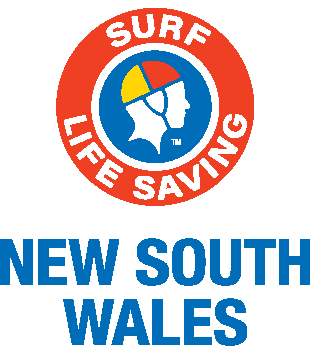The NSW Government has announced a funding uplift of $2.5 million for shark management ahead of what’s set to be a huge summer, with SLSNSW drones set to be in the air earlier and for longer.
Through the Department of Primary Industries and Regional Development, SLSNSW has delivered shark surveillance across the state for nearly a decade. This year, 33 beaches will start a week early – from 13 December – and by 20 December 50 beaches will have drone patrols daily until the end of January.
From then, as part of the increased funding, SLSNSW drones will continue to patrol all 50 locations on weekends until 29 March.
The additional surveillance represents a 26% boost in the service – a testament to the state Government’s support of SLSNSW as a leader in coastal surveillance and a continued commitment to leverage our capability to keep communities safe.
“We welcome this significant enhancement to our continued partnership with the NSW Government to keep our beaches as safe as possible,” SLSNSW CEO, Steve Pearce said.
“Last summer alone, 50 locations from Tweed to Bega were covered, with drones completing 18,027 flights over 4,897 flying hours. During that time 815 sharks were sighted including 41 bull sharks, 45 white sharks and 729 unknown sharks.
“Our lifeguards and lifesavers enacted 115 preventions including 88 beach evacuations, plus other countermeasures including beach sirens, drone sirens, and tasking Inflatable Rescue Boats and jet skis.”
More than 100 Australian UAV Service pilots – the arm of SLSNSW delivering the drone surveillance – will commence flights earlier than scheduled on Saturday morning, 13 December – a number that AUAVS Manager, James Bassam says shows the flexibility of the team given its large number of part time staff.
“Our incredibly talented and highly skilled team is well placed to deliver a greater scope of service for this summer and over the weekends through February and March next year,” he said.
“To pull together a comprehensive rollout of drone patrols earlier than scheduled, all while pushing boundaries with new innovations and projects, is why Surf Life Saving NSW leads the way in this space.”
Minister for Agriculture and Regional NSW, Tara Moriarty, said the NSW Government values the capability of SLSNSW in the drone space.
“Drones have shown to be an effective eye in the sky when it comes to early shark detection and warning beach users. This enhancement package is another important step forward in using and expanding their potential along our coastline,” she said.
“A better awareness of sharks and their behaviour can help us all enjoy the beach and reduce the risk of shark interactions this summer.”
Shark bite trauma kits will also be installed on the 67 SLSNSW Emergency Response Beacons, located mainly in high-risk unpatrolled locations along the coastline.
The kits contain tourniquets, compression bandages and other first aid supplies to treat serious bite injuries.
SLSNSW drones will commence shark surveillance patrols at 33 NSW locations from Saturday 13 December.
SHARK DRONE SURVEILLANCE BEACHES
FROM 13 DECEMBER
Fingal Rovers
Kingscliff
Salt
Cabarita
Byron Bay
Brunswick
Lennox Head
Shelly Beach Ballina
Lighthouse Beach Ballina
Evans Head
Yamba
South West Rocks
Crescent Head
Town Beach Port Macquarie
Lighthouse Beach Port Macquarie
Forster
Fingal Beach
Nobbys
Redhead
The Entrance
Avoca Beach
Ocean Beach
Palm Beach
South Narrabeen
Dee Why
Tamarama
Maroubra
Wanda
Wattamolla
Coledale
Kiama
Mollymook
Malua Bay
FROM 20 DECEMBER
Sharpes Beach Ballina
Sawtell
Urunga
Scotts Head
Black Head
Cape Hawke
Tea Gardens Hawks Nest
Birubi Point
Catherine Hill Bay
Helensburgh Stanwell Park
Shellharbour
Gerringong
Nowra Culburra
Broulee
Narooma
Tathra
Pambula
Tuesday 9 December 2025


